bush
getting bush style
QUICK TIPS:
1. Incorporate the surrounding landscape
2. Shape paths and beds organically
3. Choose locally native plants and materials
4. Choose plants that attract fauna
5. Place plants as they would appear in nature
6. Prune occasionally to avoid straggly plants
A bush garden style isn't built just on native plants.
In the bush garden, the boundaries are blurred between nature and what's man-made.
The garden draws inspiration and a sense of place from the surrounding environment. Nearby trees, hills and views are framed and "borrowed" to heighten the garden's connection to the landscape.
Spaces and materials are less formal moving away from the house, as lines and edges become looser or disappear altogether. Paths are worn through vegetation and follow natural desire lines.
Materials like gravel, organic mulches and recycled timber and bricks are earthy and weathered. Rough stone as garden sculptures and cut stone for walls or paving are both sourced from local stock.
Planting draws from the area's indigenous vegetation communities. Plants are selected more for their relationship to the area than their horticultural or ornamental value alone. Local - or endemic - native plants are adapted to regional conditions and reinforce the links to the surrounding landscape.
As part of a larger ecosystem, the garden attracts and supports fauna such as birds, butterflies and insects.
Planting closer to the house may be more exotic but the selections have similar characteristics and requirements to the natives and exclude those that could become weeds under local conditions.
Plants are placed apparently randomly rather than in rows or neat formations so that it seems nature did the design work. Individual species are dotted through the garden and plant associations are located in microclimates where they would grow best if they were competing in the wild.
Some formative and maintenance pruning helps the plants achieve the higher aesthetic standards required under cultivation than in the wild while avoiding a clipped, manicured look.
Use the Plant This Plant Selector to choose plants for a garden in the bush style.
Comments (0)
Tell our Plant Selector what you want & like and we'll search thousands of plant profiles for compatible matches
Special Offers
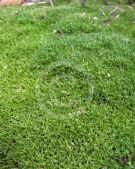
Plant of the Day
Cushion Bush
Plant type: evergreen soft-wooded perennial
H: 0.02m W: 0.4m
Sunlight: hot overhead sun to warm low sun

Fast Facts
bush style
Plant selection draws from an area's indigenous vegetation communities; more for a plant's relationship to the area than its horticultural or ornamental value.
Recently added bush articles
Most viewed bush articles
Get the Plant Selector's full features plus news, forums & competitions. Sign up, it's free.
Click here for more
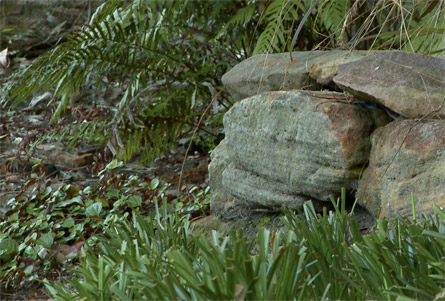
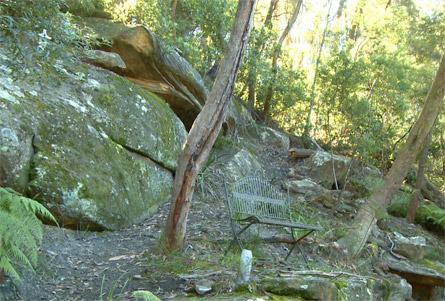
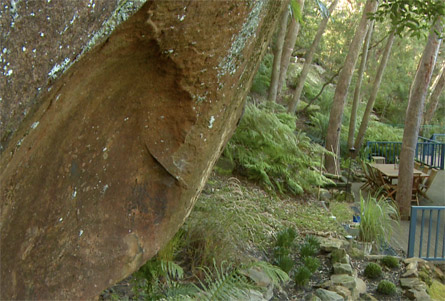
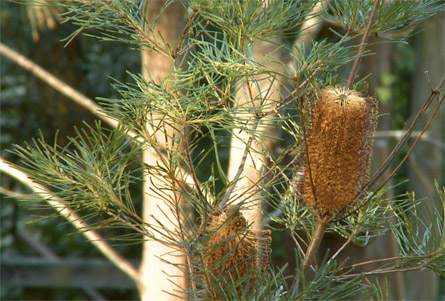





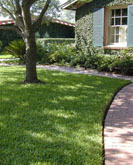

You must be a member to share: Login or Register